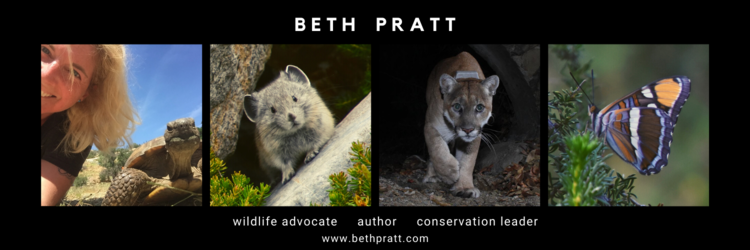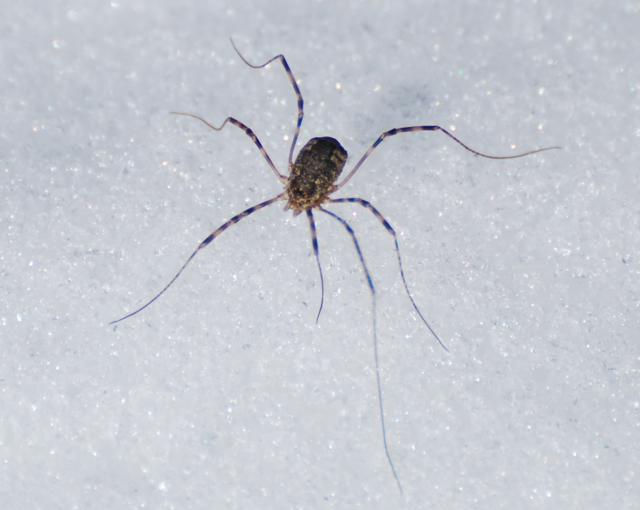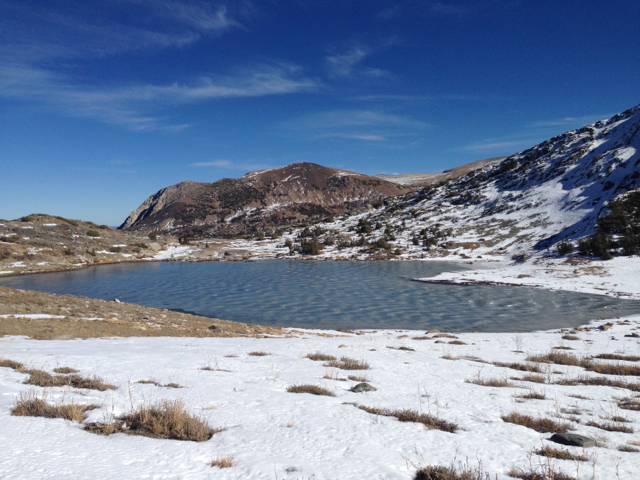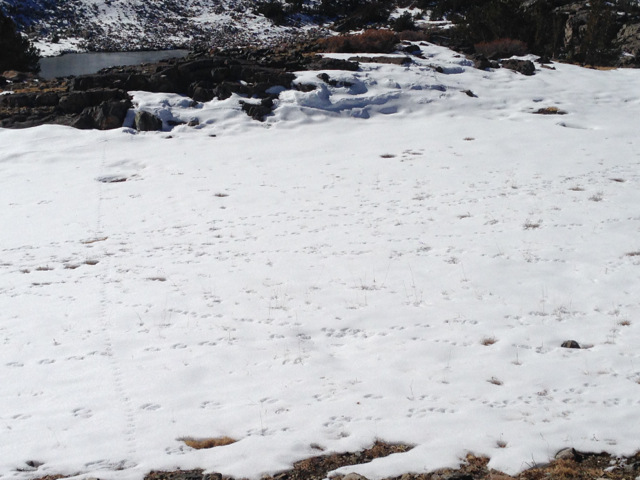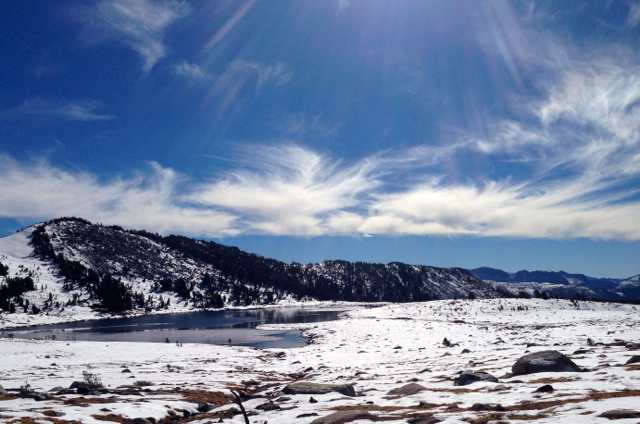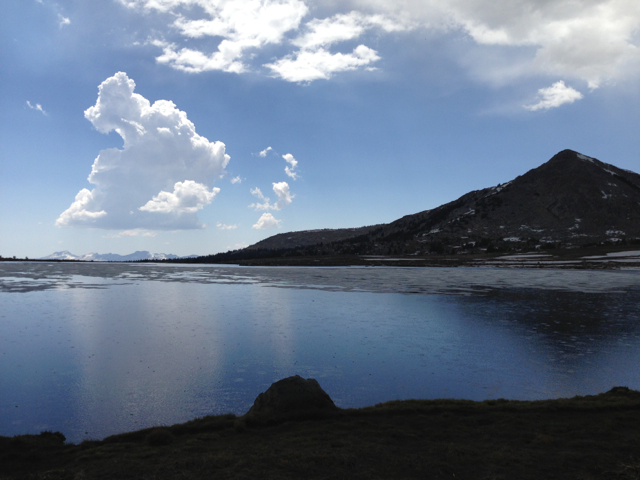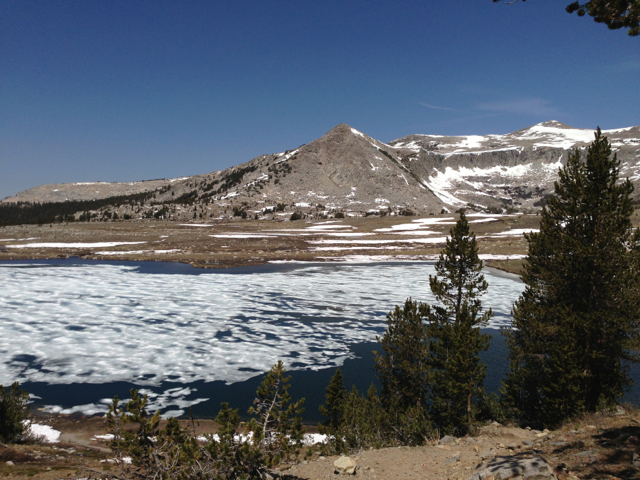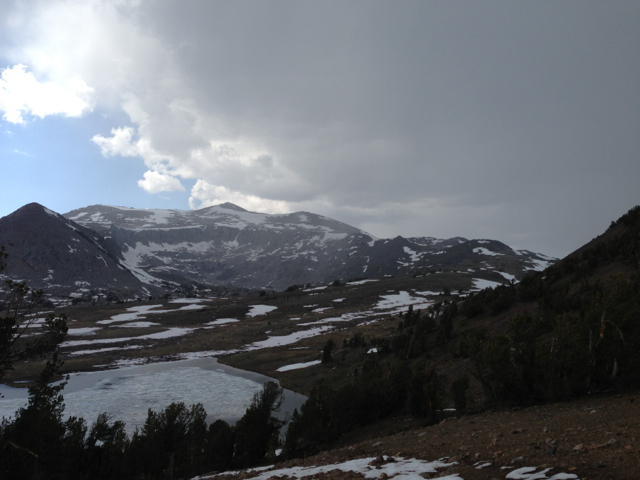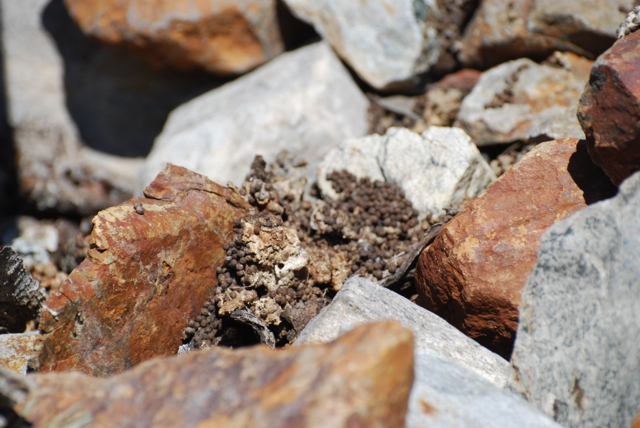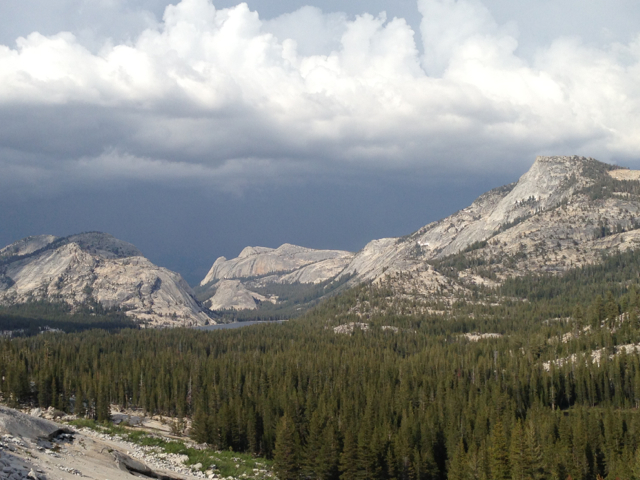
What did the fox say? I still don’t know, but James Franco gave it his best interpretation on New Year’s Eve in Yosemite while wearing a sparkly mask and dancing at the Ahwahnee Hotel.
This week the multi-talented James and his artistic posse visited Yosemite and my hometown of Midpines and Mariposa to film a segment of his upcoming movie, “Palo Alto Stories.” Franco sightings raced across social media, from him stopping at the Pizza Factory to filming at the intersection of Triangle and 140 (literally in the middle of nowhere), to hiking the Mirror Lake Trail.
 #sadfranco
#sadfranco
I had always considered James more of a cool city hipster than someone likely to don fleece and check out the stars in the Ahwahnee Meadow. It just shows you how much I know (nothing). As someone who writes about Yosemite and wildlife both professionally and personally, this summer I stumbled upon the notice for an Indiegogo campaign set up by James for his film. I was intrigued: James Franco-Yosemite-mountain lions-bears? I knew James as a gifted actor, but had no idea he also had penned a book or two (or three or four).
I ordered the short story collection the film is based on not knowing what to expect, but soon placed James on the bookshelf next to my Raymond Carver volumes, one of my favorite short fiction writers. He possesses his same lyrical quality, and a compassionate yet distant eye. The work is also one of the best testaments I’ve read about growing up in California, it both dispels and enhances the mythical life of plenty in the Golden State. I highly recommend the book and his others.
In September, I was lucky enough to meet Mr. Franco at a showing of his film “Sal” in Los Angeles, and became even more admiring of his artistic range. In directing a film about the last day of the actor Sal Mineo, James penned a brilliant ode to the extraordinariness of the ordinariness of life, elevating the mundane to the scared in the context of a person’s last moments.
 What does the mountain lion say? Meeting James Franco in LA.
What does the mountain lion say? Meeting James Franco in LA.
Being my usual goofy self, I started the conversation off with nothing intellectually profound, but told James about P22, the mountain lion living in Los Angeles (he was lucky to escape without hearing my frog stories). We then chatted about how he weaves the natural world in his work. In Palo Alto Stories, wildlife and nature possess a sort of remembrance of things past quality as development has already started overtaking California and the teenagers in his stories seem to long for wildness without quite being able to articulate it. In his story Wasting, one character rediscovers the animal themed children’s books of Bill Peet, and wistfully thinks, “It was good to read those books again, all those feelings came back to me.”
The short story Yosemite, one that the film will be based on, deals with a father and his two sons driving to the park—James plays his father in the movie. The boys discuss the shooting they witness of a ‘friendly’ bear with their dad, which causes one of them to consider his own mortality: “The bear had ribs like I had ribs. Underneath had been lungs, and a stomach and a heart and they all got burned away.” In another sequence of the film, teenagers deal with “the threat of a killer mountain lion looming over the community.”

James is a welcome modern voice to what I consider the tired writings about Yosemite and nature that place the natural world on the pedestal of untouchable paradise that can only be described in religious terms of perfection. I’m more interested in new interpretations of what the park and wildlife mean in the internal lives of people. Nowhere in his stories do the words “glorious” or “magnificent” appear in relation to Yosemite (my apologies to John Muir—I think him a great man—but enough flowery prose already) as his style is more Charles Bukowski than Aldo Leopold.
I consider this a virtue.
Yosemite is my favorite place on earth, my spiritual center and I work to tirelessly to protect wildlife. But Nature needs a new song—the old record is worn out.
James might not know what the fox says (does anyone?), but I am looking forward to hearing more what he says about Yosemite, nature and wildlife. And of course Bound #4.
